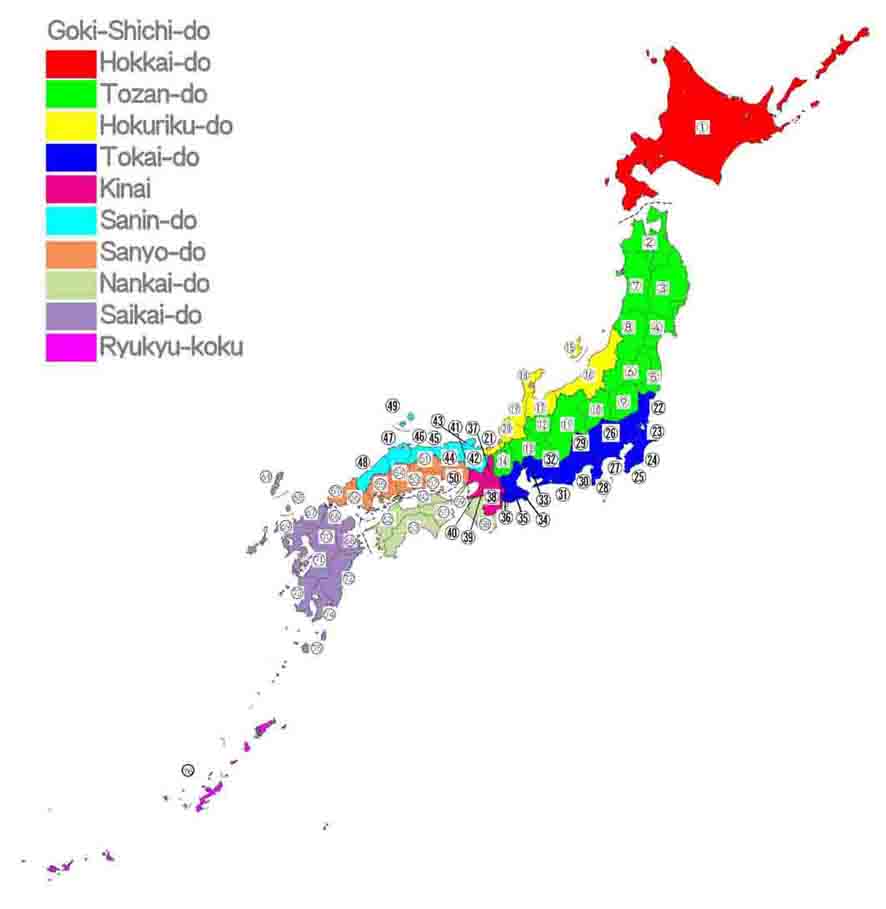Nakayama is in between Narita And Haneda International Airport
<クッキーについての同意並び欧州居住者向けプライバシーポリシー>
中山・下総・散歩道
Awa-no-kuni /The Summary of Awa Province In Classic Japan
Awa was an administrative district in classic Japan. The area of Awa was located on the southern part of Chiba prefecture. There was Kazusa in the north, and other three sides were surrounded by the Pacific Ocean, so it was on the tip of Boso Peninsula. Awa belonged to Tokai-do region, and it was counted as a middle sized and farther country. The provincial government of Awa might be in at Fuchu in Minamiboso city in Chiba prefecture, and Kokubun-ji Temple were built in Tateyama city. And Awa-jinja Shrine in Tateyama city was registered as Ichinomiya (the first shrine) of Awa Province. In 718, Kazusa was divided into two, the northern part was Kazusa, the southern four county, Heguri, Awa, Asahina, Nagasa became Awa province first. In December 741, it merged with Kazusa once, but it was divided again in May 757.According to one of Japan classic or myth 'Kogoshui', Ame-no-tomi-no-mikoto took Inbe Clan in Awa of Shikoku to move east and cultivate hemps. Then they landed on Mera on the tip of the Boso peninsula to get better land. The name of the province 'Awa' was named after Awa where the Inbe had lived.
In 1180, Minamoto-no-Yoritomo, the founder of Kamakura Bakufu (the Kamakura Shogunate) and the first Shogun of the Bakufu at Kamakura in Sagami-no-kuni (Kanagawa Prefecture), escaped to Awa-no-kuni when he had lost the battle at Ishibashi-yama at Sagami-no-kuni. At that time, Hirotsune Kazusa at Kazusa, Tsunetane Chiba at Shimousa, the Anzai, the Tojo and the Maru Clan at Awa voluntarily served Yoritomo to raise his army.
In 1253, Nichiren from Kominato found Nichiren Sect at Seiryo-ji Temple (in Kamogawa city). Early Muromachi Period, the Yuki and the Yamanouchi Uesgi Clan took the military governor of Awa province one by one. In 1445, Yoshizane Satomi settled at Shirahama and developed their power to expand his sphere of influence. Yoshizane conquered the whole province. Satomi Family became a sengoku daimyo ruled Awa province. Then his great-grandchild, Yoshitaka Satomi tried to invade Kazusa in early 16th century. However, his son, Yoshihori Satomi lost the Battles Of Konodai against the Hojo Clan at Odawara in Suruga-no-kuni (Kanagawa prefecture), then their power declined. After the Siege Of Odawara by Hideyoshi Toyotomi, the Hojo ruined, and the Tokugawa moved to the Kanto region. In 1603, Ieyasu Tokugawa gained the position of the first Shogun and founded the Edo Bakufu (the Edo Shogunate)in Edo (Tokyo). In 1614, the Satomi were deprived of samurai status and forfeited the family territories. During Edo period, Awa province was divided by some small lords to control.
After Meiji Restoration, the classical districts were rebuilt, Awa merged with Kazusa and south-eastern part of Shimousa to be Chiba prefecture in 1873.
参考
千葉県ホームページ
デジタル大辞林
ブリタニカ国際大百科事典
日本大百科全書(ニッポニカ)
ウィッキペディア
Blue represents Tokai-do and No.25 in the map below is Awa-no-kuni.

- 広告 Advertisement -
